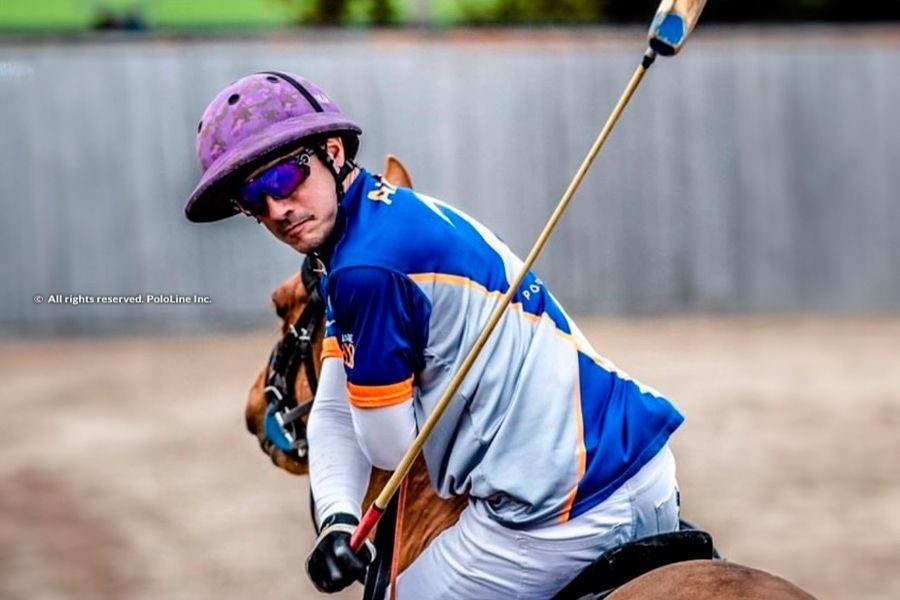By Prf. Eduardo Amaya
Excessive tension restricts and diminishes the power of the hit. While force is a product of muscle development and flexible capabilities, power is generated within the muscles through contraction and release; thus, it is more closely related to coordination than to strength. Therefore, although it is the speed of the mallet (head or cigar) that imparts power to the swing, this speed is the outcome of a complex and precise sequence of muscle contractions that occur as a progression from one muscle group to the next, originating at the stirrups.
The speed of movement of our legs may not be significant, but it serves as the foundation for the movements of the hips, which in turn provide the base for the shoulders and arms. Then, the arm plays its role; its speed is the culmination of the momentum generated within the body, along with the inherent power of its muscles. Subsequently, if the wrist functions effectively, it harnesses that force, adding it to the momentum of its own discharge. This can be comprehended as the power of the swing essentially comprising a sequence of movements that build upon each other (a summation of movements).
It becomes apparent that everything originates from an understanding of the utilization of the stirrups, without which nothing is achievable. These constitute the surface upon which the player expresses their intentions, whether in the handling of the horse or the strike of the ball. From there, power originates, giving rise to the kinetic chain or coupling of segments.
Most polo players are unaware of this essential principle from the very first day they mount a horse and decide to strike a ball.
